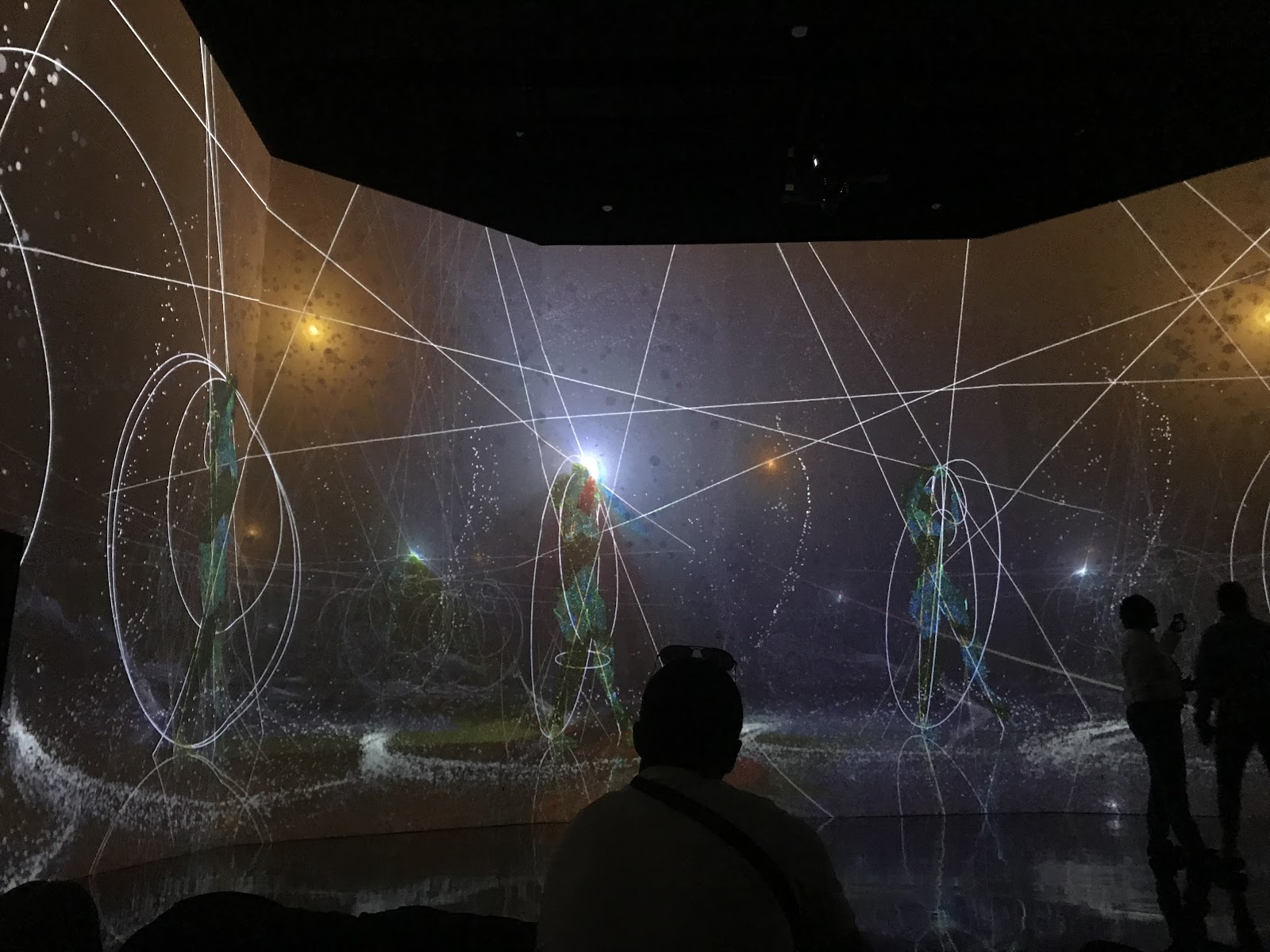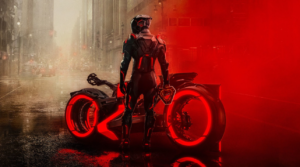Lucid Motion: An Exhibit by Rhizomatiks

Image courtesy of Kat Kaderabek
By Kat Kaderabek
The Artechouse (pronounced Art-tech-house) is one of D.C.’s newest and most up-and-coming museums. Though only five blocks from the Smithsonian Metro, it is still hard to find, and its proximity to several restaurants certainly makes it ideal for a date. Its most recent exhibit “Lucid Motion”is currently on display until December 1st, 2019.
The museum itself opened in 2017 with the intention of creating a space where art and technology could be fused together to create an entirely new form of visual media. The exhibits, along with the Artechouse building itself, are experimental.
Its most recent exhibit is entitled Lucid Motion, designed by Japanese artist Daito Manabe. The exhibit itself “aims to examine human motion from various standpoints using next-level technologies and expression methods to elaborate into three unique installations,” according to the museum website.
Before entering the exhibit space, guests are welcomed into a lounge where they are instructed to place shoe coverings on their feet in order to protect the floor of the exhibition space. Reservations should be made in advance, and the museum costs about the same as a movie ticket (anywhere between $10-20 depending on student/adult/military, etc). After signing in and slipping on the shoe coverings, museum-goers are led down several flights of steps towards the exhibition. As one descends, the temperature drops and techno music can be heard getting louder and louder. The descent into the exhibit is reminiscent of an episode of Black Mirror, complete with black-out curtains that separate the outside world with the new experimental atmosphere of the Lucid Motion exhibit.
When entering the exhibit, it takes a moment to adjust to the darkness. The only light in the room comes from the movements of a projected woman along a three-walled movie screen.
Manabe studies the movements and fluidity of a dancer moving throughout the video projected onto the huge screens. Not only does he follow the gracefulness of the dancer, but he has her influence elements around her, including geometry and color.
There is an alien-like sense to the figured woman, who walks and dances across the space, dragging lines and shapes in her path. Bean-bag chairs are set in the studio space, allowing guests to sit and appreciate the beauty of Manabe’s Lucid Motion.
Near the entrance is an interactive bar that, after downloading the Artechouse application, will have drinks come to life in an augmented reality experience, similar to another part of the experience of Artechouse which is an augmented reality room. Guests are given an iPad and asked to point the camera at several household objects. The camera registers an invisible code within the object and a woman will appear on the iPad screen and begin to dance. Not only is this exhibit beautiful, but the technology is also extremely impressive.
Daring and experimental, Daito Manabe combines art and technology with the simple beauty of human motion in a recreation that leaves guests in awe. It was a great experience with both interactive and entertaining elements that will keep guests occupied for a few hours. The screened environment itself that features the projected dancer provides a calming atmosphere, especially when paired with the original Manabe-made score that is a combination of piano, techno music, and classical songs. And after experiencing the exhibit, there are several establishments nearby including Potbelly Sandwiches, a Starbucks, and Cafe Twelve.







